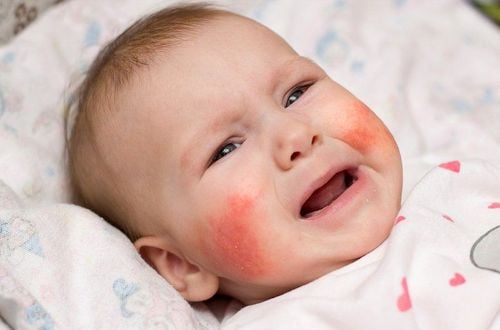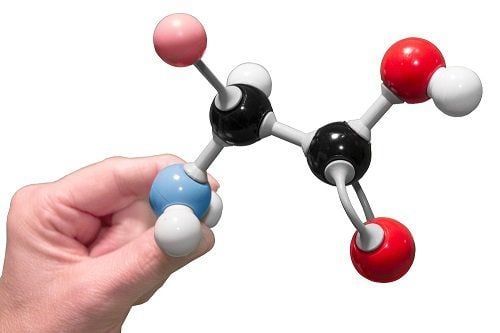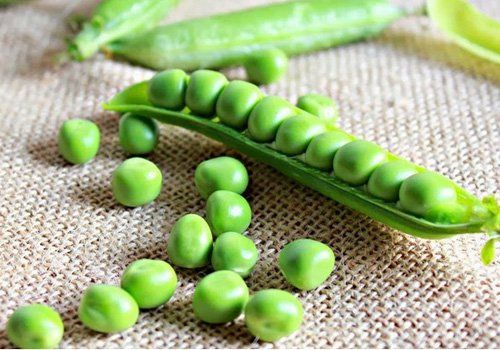This is an automatically translated article.
The article was written by MSc Mai Vien Phuong - Department of Examination & Internal Medicine - Vinmec Central Park International General HospitalDiet is an important part of the treatment of eosinophilic esophagitis (VTQDBCAT). The treating doctor will fully advise the patient and coordinate with the patient in the implementation of these regimens.
1. Formula diet with basic amino acids
This is a formula diet using only basic amino acids and has been shown to achieve remission in patients with VTQDBCAT equivalent to that of medication, helping to limit long-term drug use.The relationship between food allergies and damage to the esophageal mucosa has been proven in many studies, so applying a diet that excludes allergens will help improve this situation.
A meta-analysis showed that the histopathological response rate to the diet was 90.8% and the time to histopathological remission in adults was 2 weeks.
The important point when implementing this diet is to insert a nasogastric tube to pump nutrient mixtures consisting of only basic amino acids then gradually add foods from the same group every 5 - 7 days to accurately identify the allergen.

However, the implementation will cost a lot of money as well as require multiple endoscopy after each re-exposure to a type of food. In addition, eating through a tube will affect the patient's taste as well as quality of life.
In fact, only specialized facilities in developed countries and when the patient's family really has conditions can apply this diet.
2. Diet based on allergy test results
This diet, also known as the direct elimination diet, is a diet based on the results of a skin prick test or skin prick test to determine the type of food that plays the role of an allergen from which to adjust the diet. When applying this diet, the rate of symptom remission and histopathological recovery is high (78%).Patients will be examined with common foods including meat (chicken, beef, pork), vegetables (beans, sweet potatoes, potatoes, carrots...), fruits (apples). , pears, peaches...), cereals (wheat, rice, barley, corn...), eggs, milk, soybeans.
The limitation of allergy tests is that it has a low predictive value, currently there is no standardization for the skin test for food allergies and there is a lack of tools to evaluate the validity of the studies. Currently, this test has not been widely applied, it is necessary to conduct endoscopy and multiple biopsies to detect allergens.
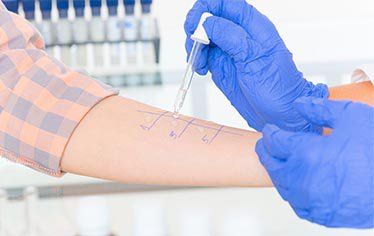
3. Traditional exclusion diet
The advantage of this diet is that it does not have to apply allergy tests, but also excludes 6 foods including cow's milk, soybeans, wheat, eggs, peanuts, shrimp / crabs, high efficiency, Limit long-term drug use.
Initially, this diet was applied to children and recorded an improvement in both clinical symptoms and histopathological lesions. Later, a prospective study in adults showed similar results.
The advantage of this diet compared to the basic amino acid formula is that it allows the patient to eat more other foods such as meat, grains, vegetables, fruits... and still eat. Oral administration helps to ensure quality of life as well as facilitate patient adherence and better adaptation.
When clinical and histopathological remission is achieved, the patient will be instructed to reintroduce each of the 6 foods excluded and monitored every 4-6 weeks by endoscopy with biopsy.
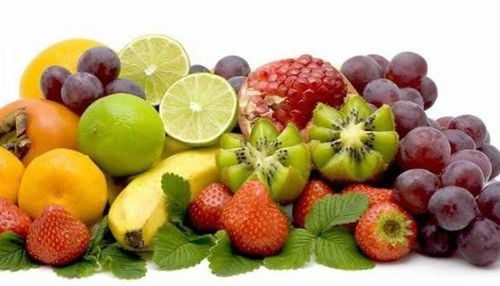
According to a study on children, the order of most allergic foods is cow's milk (81%) followed by soybeans (19%), wheat (14%). When using this diet, it is necessary to pay attention to guide some types of replacement foods to ensure nutrition for the patient.
Some foods that can be used for patients with eosinophilic esophagitis are: Meat, chicken, beans, whole grains, functional foods providing B vitamins, calcium, vitamin D, oils vegetable, soybean, oils.
Please dial HOTLINE for more information or register for an appointment HERE. Download MyVinmec app to make appointments faster and to manage your bookings easily.
References:
Arias A, Gonzalez-Cervera J, Tenias JM et al (2014). Efficacy ofdietary interventions for inducing histologic remission in patients with eosinophilic esophagitis: a systematic review and meta-analysis. Gastroenterology, 146:1639-48. 2. Spergel JM, Andrews I, Brown-Whitehorn TF et al (2005). Treatment of eosinophilic esophagitis with specific food elimination diet directly by a combination of skin prick and patch tests. Ann Allergy Asthma Immunol, 95:336-43. 3. Amir F.Kagalwalla, Sally Ritz (2012). Eosinophilic Esophagitis. Humana Press. Chapter 24. Dietary Treatment of Eosinophilic Esophagitis.






